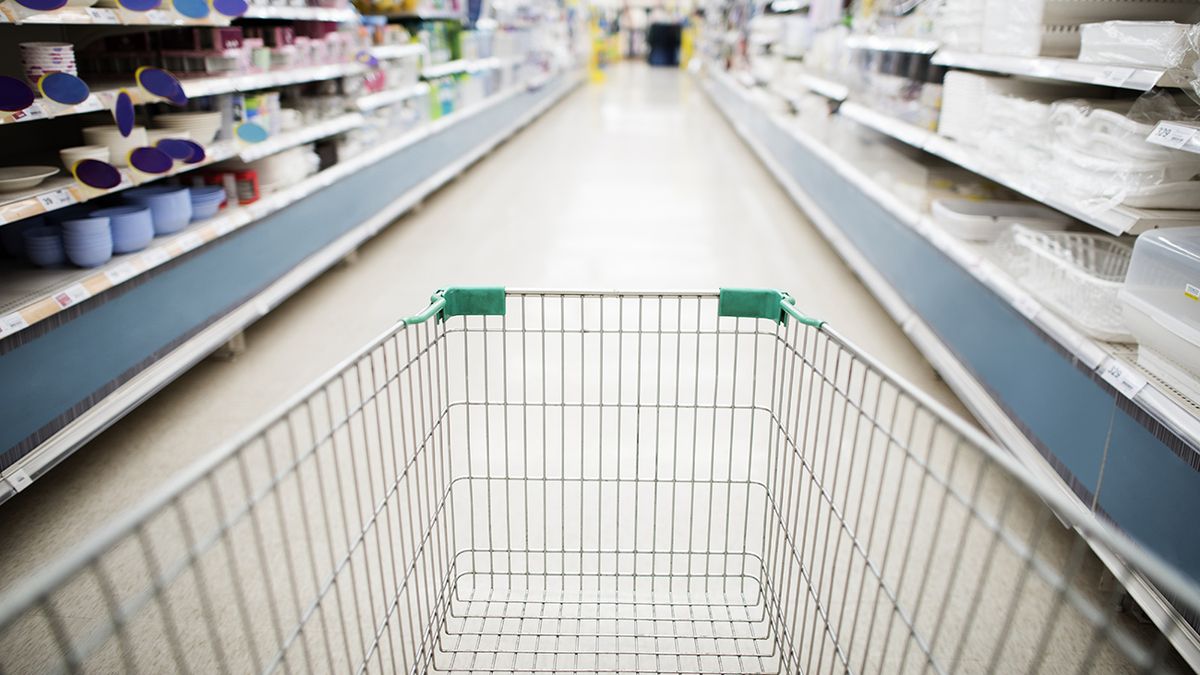He Colorado Party will propose in the plenary session on October 4 a project that aims to exempt the Value Added Tax (VAT) to products of menstrual managementafter being approved by the Special Commission on Equity and Gender of the Chamber of Deputies.
The Colorado legislators who proposed the initiative are Felipe Schipani and María Eugenia Roselló in the Special Commission on Equity and Gender of the Chamber of Deputies that obtained votes in favor of the Wide Front, Town meetinghe National Party and the Colorado Partyas Roselló reported to El País.
In this sense, the proposal has only one article in which it calls on the Executive Branch to “establish a regime of VAT refund included in purchases in the market and imports of goods and services intended for the supply of sanitary towels or feminine pads, and tampons.”
Among the reasons given by the legislators, they established that “menstruation being a natural and inevitable process for women, products related to it should not be considered luxury and taxed items”. On the other hand, they referred to the economic and social inequalities suffered by women, so “taxing menstrual products only increases this gender gap.”
“Exempting basic menstrual management products from taxes is a fair and necessary measure, which guarantees equitable access to these products, promotes health and the welfare of women, and encourages gender equality in all aspects of life,” the deputies noted.
What position does Uruguay occupy in the Gender Gap Index?
Uruguay occupies position 72 in the ranking prepared from the Global Gender Gap Index 2022 of the World Economic Forumand although it improved its position compared to the previous year, it still has aspects to improve in terms of reducing Differences between men and women to get closer to the world average.
The Global Gender Gap Index is an indicator that analyzes the division of resources and opportunities between men and women in 155 countries. By measuring points such as participation in the economy, the world of skilled work and politics, and access to education and life expectancy, the size of the gender inequality gap is established.
Likewise, the higher the figure shown by the indicator, the lower the gender gap in the country analyzed. For example, the first place is occupied Iceland, with a rate of 90.8%, followed by Finland with 86% and by Norway with 84.5%. On the other hand, the last place is occupied by Afghanistan, with an index of 43.5%.
Source: Ambito




